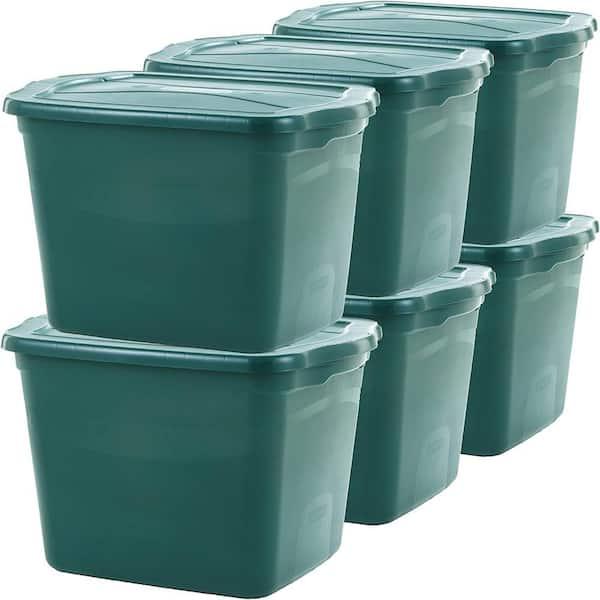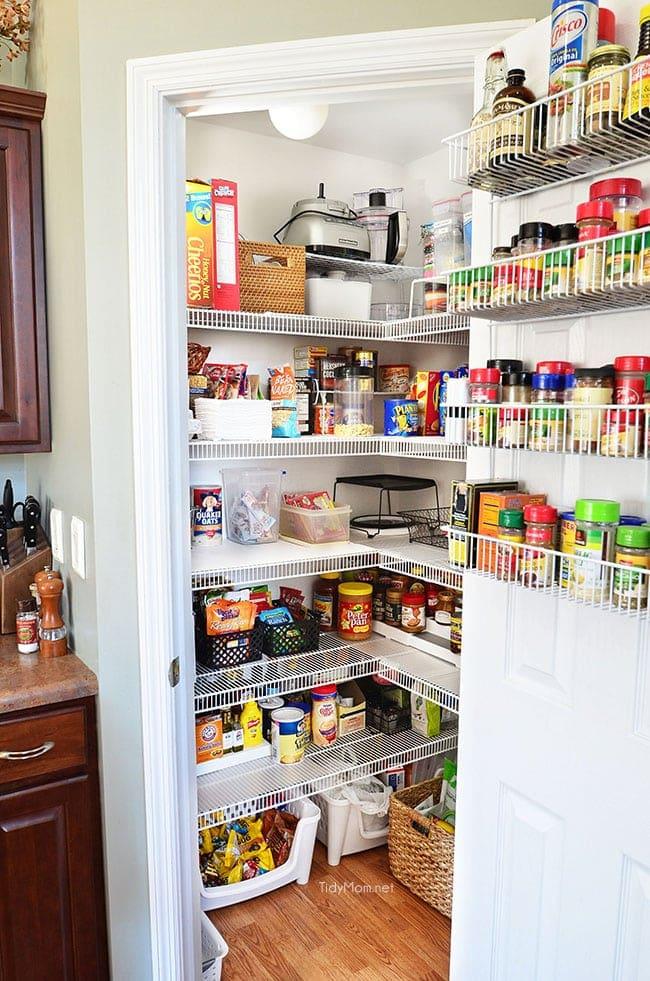In every home, the pantry serves as a cornerstone of culinary convenience, a space where ingredients come together to create nourishing meals and delightful snacks. However, an organized pantry is often an overlooked component of effective meal preparation and food management. With the right strategies, what can sometimes feel like a chaotic collection of mismatched items can transform into a streamlined, efficient storage solution. This article delves into essential steps for effective pantry organization and storage, offering practical tips and solutions to enhance not only the aesthetics of your pantry but also its functionality. From assessing and decluttering your current inventory to implementing sustainable storage solutions and labeling systems, we will explore the critical components that contribute to a well-organized pantry. With a few thoughtful adjustments, you can optimize your pantry space, making it both a manageable and inspiring resource in your culinary journey.
Table of Contents
- Understanding Pantry Layout and Accessibility
- Choosing the Right Storage Containers for Different Items
- Implementing a System for Inventory Management
- Developing a Regular Maintenance Routine for Your Pantry
- To Wrap It Up
Understanding Pantry Layout and Accessibility

Creating an effective pantry layout begins with understanding the flow of your cooking and snacking habits. To optimize usability, group similar items together, ensuring that frequently used products are easily accessible. This technique streamlines meal prep and reduces frustration when seeking ingredients. Consider the following strategies for layout:
- Zones: Divide your pantry into zones based on categories such as baking, snacks, canned goods, and grains.
- Height: Store larger items on the bottom shelves and lighter or less frequently used items on higher shelves.
- Labels: Clearly label shelves and containers to enhance organization and assist family members in locating items.
Accessibility is another vital component of pantry organization, especially in busy kitchens. Ensuring that all items are within easy reach is essential for both efficiency and safety. Utilize storage solutions like clear bins and drawer organizers to keep small items contained and visible. Additionally, consider the following tips for enhancing accessibility:
| Storage Solution | Benefits |
|---|---|
| Lazy Susans | Great for corners; allows easy access to spices and condiments. |
| Tiered Shelving | Maximizes vertical space; keeps items visible and reachable. |
| Pull-Out Bins | Easily access deep shelves; avoids digging through clutter. |
Choosing the Right Storage Containers for Different Items

When it comes to pantry organization, selecting the right storage containers is a vital step that can enhance both aesthetics and functionality. Different items require different types of containers to ensure freshness and optimal storage. For dry goods like grains, pasta, and cereals, opt for airtight containers that prevent moisture and pests. Glass or BPA-free plastic containers are excellent choices, allowing you to see the contents easily. For items like spices and herbs, consider small glass jars with labels that not only preserve flavor but also keep your pantry looking cohesive and organized.
For perishable items, such as snacks or opened packages, utilizing basket-style containers can make everything easily accessible while also keeping the pantry tidy. When storing liquids or semi-liquids, such as sauces and oils, opt for clear bottles with pouring spouts to help avoid messes and ensure you know when you are running low. Below is a simple chart to guide your selections:
| Item Type | Recommended Container | Benefits |
|---|---|---|
| Grains/Pasta | Airtight containers | Prevents spoilage and pests |
| Spices/Herbs | Small glass jars | Freshness and visibility |
| Snacks | Basket-style containers | Accessibility and neatness |
| Liquids | Clear bottles with spouts | Convenient pouring, mess-free |
Implementing a System for Inventory Management
Creating a robust inventory management system is crucial for maintaining an organized pantry. Begin by categorizing your items into distinct groups such as canned goods, dry ingredients, snacks, and spices. This will streamline the process of locating items and help you keep track of what you have. Additionally, implementing a first-in, first-out (FIFO) method ensures that older items are used before newer ones, reducing wastage and ensuring freshness. To enhance your system, consider using a digital inventory management tool that allows you to log purchases, expiration dates, and quantities.
Regularly updating your inventory is key to a successful management system. Set a schedule for routine checks—this could be weekly or monthly, depending on your pantry’s size and usage patterns. During these checks, clarify understocked items and prepare a shopping list to replenish them. Consider utilizing a simple table to track your inventory visually:
| Item | Quantity | Expiry Date |
|---|---|---|
| Olive Oil | 2 Bottles | 2024-08-30 |
| Pasta | 3 Boxes | 2025-01-15 |
| Canned Tomatoes | 5 Cans | 2026-12-10 |
Developing a Regular Maintenance Routine for Your Pantry
Establishing a regular maintenance routine is essential for keeping your pantry organized and functional. Begin with weekly checks to ensure that all items are in their designated places and that nothing is expired. During these inspections, you can also refresh labels and spot any areas that need restocking. Having a designated day each week, perhaps a weekend morning, makes it easier to remember and integrate into your schedule. Additionally, consider creating a checklist to streamline this process; it can include tasks like checking pantry temperature, ensuring proper sealing of containers, and discarding any expired items.
To ensure your pantry remains clutter-free, implement a monthly deep clean that involves pulling everything out and wiping down shelves. This is a chance to reassess your storage solutions; consider whether certain items could benefit from being moved to more accessible locations or switched to clearer containers for visibility. Use this time also to assess your inventory with a simple table to track what you have and what needs replenishing:
| Item | Quantity | Expiration Date |
|---|---|---|
| Rice | 2 bags | 2025-06-20 |
| Canned Beans | 5 cans | 2024-02-15 |
| Pasta | 3 boxes | 2024-12-01 |
| Olive Oil | 1 bottle | 2023-09-30 |
To Wrap It Up
embarking on the journey of pantry organization not only enhances the aesthetic appeal of your kitchen but also transforms your culinary experience. By implementing essential steps such as decluttering, categorizing, and optimizing storage solutions, you can create a functional and accessible space that caters to your cooking needs. Investing time in thoughtful organization fosters efficiency, minimizes food waste, and ultimately saves you valuable time during meal preparation. As you embark on this methodical approach, remember that a well-organized pantry is a foundation for a well-functioning kitchen, empowering you to explore your culinary creativity with ease. Adopting these practices will not only streamline your cooking processes but will also encourage a mindful approach to food management that resonates through every meal you prepare. With these actionable steps in mind, step confidently into a new era of pantry productivity, and relish the satisfaction that comes with a beautifully organized space.



